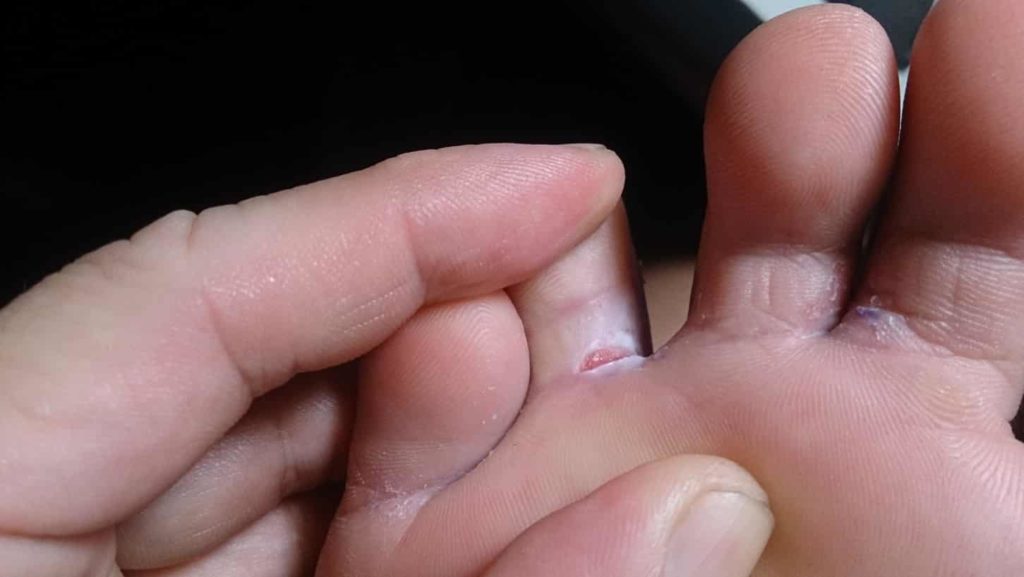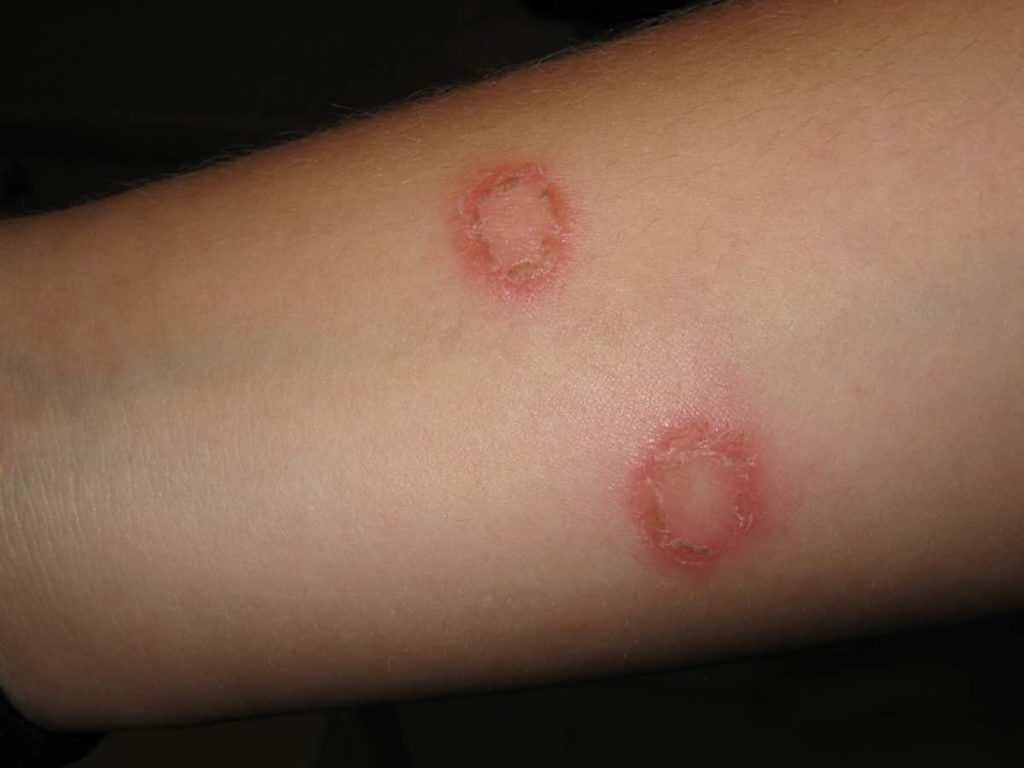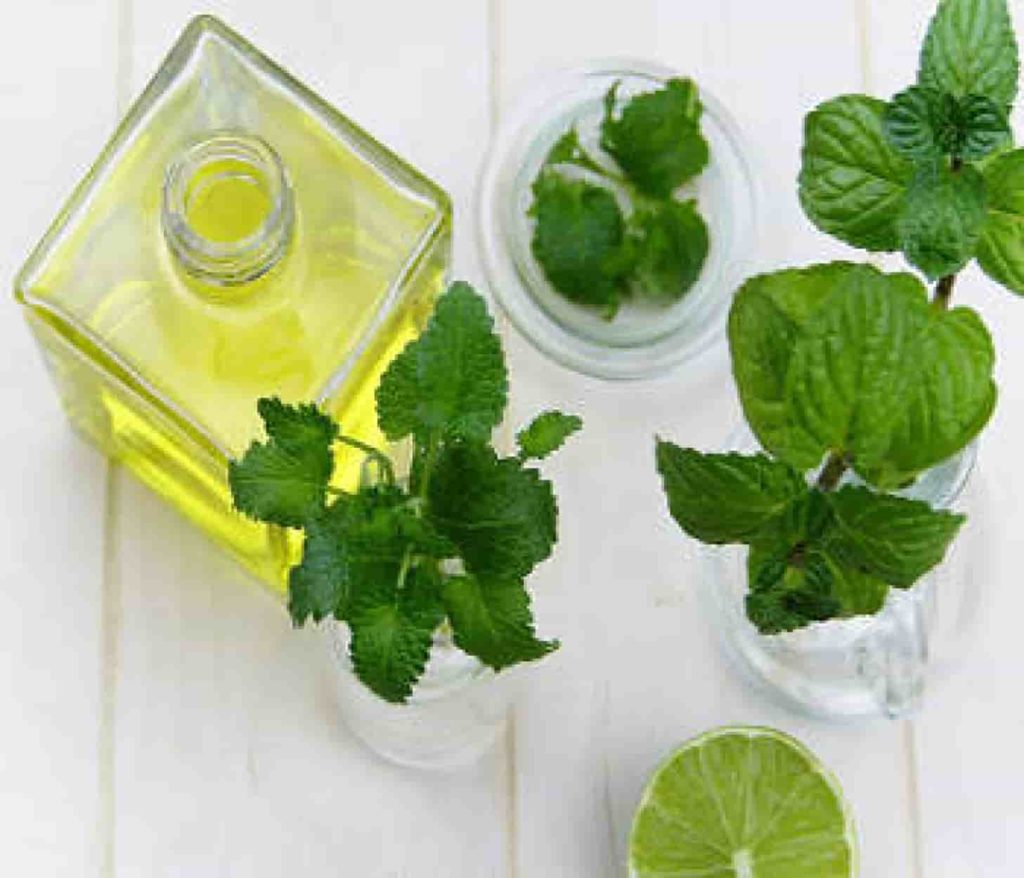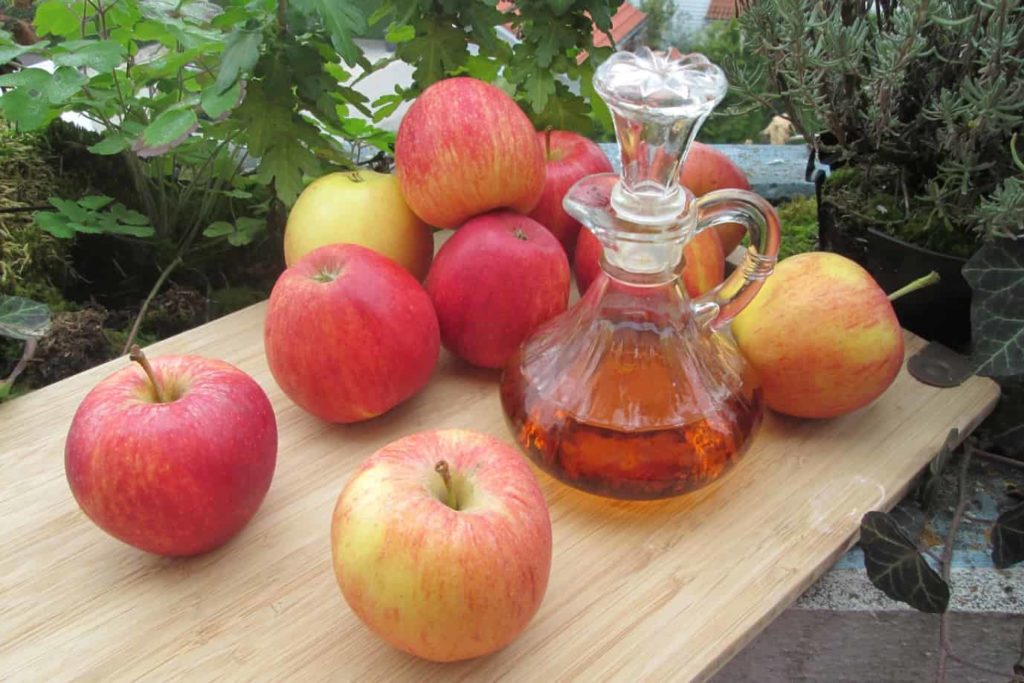Fungal infections can occur on your skin surface, within a skin fold, or any other area that is humid and warm. If you notice darkening of the skin, small bumps, white patches, redness, swelling, rashes, or experience intense skin itching, don’t wait for it to heal on its own. These may be the signs of a fungal infection and can prove to be quite dangerous for the health of your skin. So, it is always best to avail treatment for these kinds of issues. However, for mild to moderate fungal infections of the skin, there are a number of natural remedies that can help.
Types of Fungal Infection
Here are some of the most common types of fungal skin infections.
Jock itch
Jock itch, commonly known as tinea cruris belongs to a group of fungal skin infections known as tinea. It is caused by mold-like fungi dermatophytes that live on the skin as well as on nails and hair. Even though they are harmless, they multiply quickly and cause infections when they are allowed to thrive in moist or warm areas. It usually develops in the skin around buttocks, groin, and inner thighs.
This type of fungal infection of the skin is most common in adolescent boys and men. It causes rashes that can lead to burning and itching sensation. The infected areas can be red, flaky or scaly.
You may get affected with jock itch through close contact with an already infected person or through contact with the clothes (unwashed) of an infected person.
To avoid this skin infection, wash your groin and armpits daily.
Read: Common Infectious Diseases That Affects Your Children’s Health
Athlete’s foot

Athletes’ foot, commonly known as tinea pedis, is a fungal infection of the skin that affects the feet. It can even spread to the toenails and hands. Even though an athlete’s foot is not very serious, it becomes hard to cure at times. This fungal infection is commonly seen in athletes, and the factors that increase your chance of getting this fungal skin infection include:
- Sharing socks, towels, or shoes with an infected person
- Wet or sweaty feet
- Wearing tight shoes
- Visiting public places barefoot
- Minor skin or nail injury
To prevent this condition, wash your feet every day with soap and water. Don’t share your towels, socks, or shoes with others. Change your socks regularly and wash them with water that is 60°C. Wear shoes and socks made of breathable materials.
Ringworm

Ringworm is also known as dermatophyte infection. The lesion caused by this type of skin infection resembles a worm in the shape of a ring. Epidermophyton, Microsporum, and Trichophyton are the three different types of fungi that can cause ringworm. This fungal infection of the skin is related to jock itch and athlete’s foot. It spreads through skin-to-skin contact or after touching an infected object or animal. Humans and animals can also contract ringworm after direct contact with soil as the fungus lives for a much longer period as spores in the soil.
You won’t notice ringworm initially when the fungus has infected you. It mostly takes up around 2 weeks for the symptoms to show up. During the initial stage, you will see a pink or red irritated patch of skin. It sometimes appears very dry or scaly. During the second stage, you will start noticing the lesions growing in size.
Since this type of skin infection is contagious, you should consider starting the treatment once you notice the initial signs.
Yeast infection
Yeast infections that affect your skin are known as cutaneous candidiasis. A fungus called candida causes this type of infection. They are most common in moist, warm, and creased areas of the body, including groin and armpit.
People who are obese or diabetic are at a higher risk of getting affected with a yeast infection.
Read: Anti-Ageing Herbs and Spices to Restore Your Youthful Skin
Practising good hygiene is the defence against all types of fungal infections. Wash your hands regularly and keep your skin clean and dry. If you have any queries on how to prevent skin infections, it is always recommended to talk to a healthcare professional. You can also consult a doctor online.
How to Treat Fungal Infections of the Skin?
Given below are some of the effective home remedies to treat fungal infections of the skin.
Tea tree oil

Tea tree oil consists of natural antifungal compounds that will help to kill the fungi that cause skin infections. Also, it’s antiseptic qualities will stop the spread of the infection to other body parts.
Mix equal amounts of tea tree oil and olive oil. Apply this mixture on the affected skin area.
Apple cider vinegar

The presence of antimicrobial properties in apple cider vinegar makes it one of the best home remedies to cure fungal skin infections. Also, it’s mildly acidic nature prevents the spread of the infections to other body parts as well as promotes speedy recovery.
Mix 2 tablespoons of apple cider vinegar with a cup of warm water. Drink this mixture twice a day.
You can also dilute apple cider vinegar with equal amounts of water and apply it on the affected area. After 30 minutes, pat dry the area with a towel or dryer.
Garlic
Garlic has antibacterial as well as antibiotic properties that will fight fungal infections and promotes speedy recovery.
Crush 2 garlic cloves and make a paste by adding a few drops of olive oil. Apply this on the affected area. After 15 to 30 minutes, wash it with lukewarm water and pat dry thoroughly. Do this treatment twice a day until you get rid of the infection.
Coconut oil
Coconut oil is an effective home remedy for any type of fungal infection. It contains medium-chain fatty acids that work as natural fungicides.
Take extra-virgin coconut oil and rub it on the affected area. Let it dry. Follow this twice or thrice a day until the infection clears up.
Aloe vera
Aloe vera contains anti-fungal properties that fight against fungal infections. It also prevents the growth of candida.
Apply freshly extracted aloe gel to the affected area and leave it on for 30 minutes. Rinse it off.
Read: Ways to Beat Allergies With Ayurveda
Turmeric
Known for its natural antiseptic, antifungal and antibiotic properties, turmeric works well in treating fungal infections of the skin.
Apply raw turmeric root juice on the affected area and leave it on. After 2 to 3 hours n rinse off using lukewarm water. Do this twice a day until the infection clears.
If the symptoms of fungal infections persist even after following two weeks of home treatments, seek medical advice immediately.






